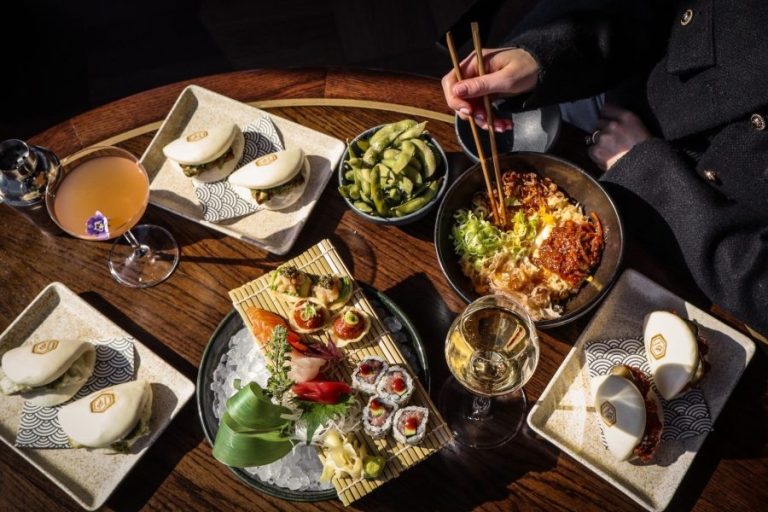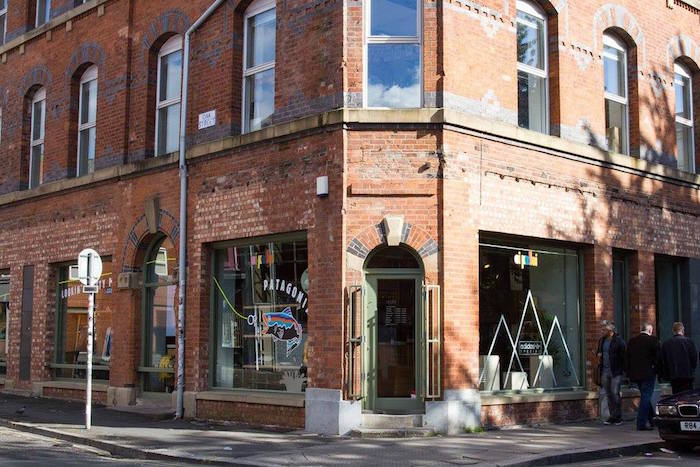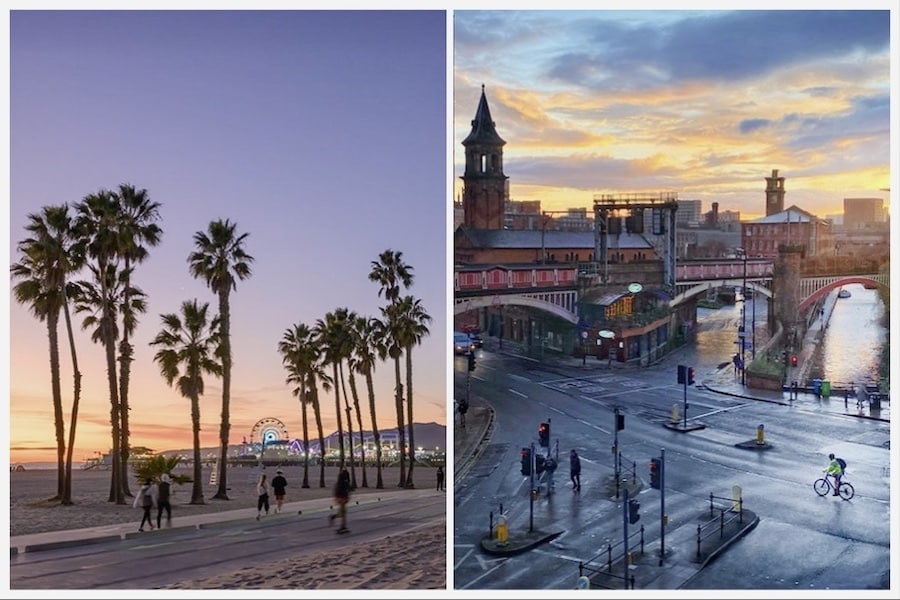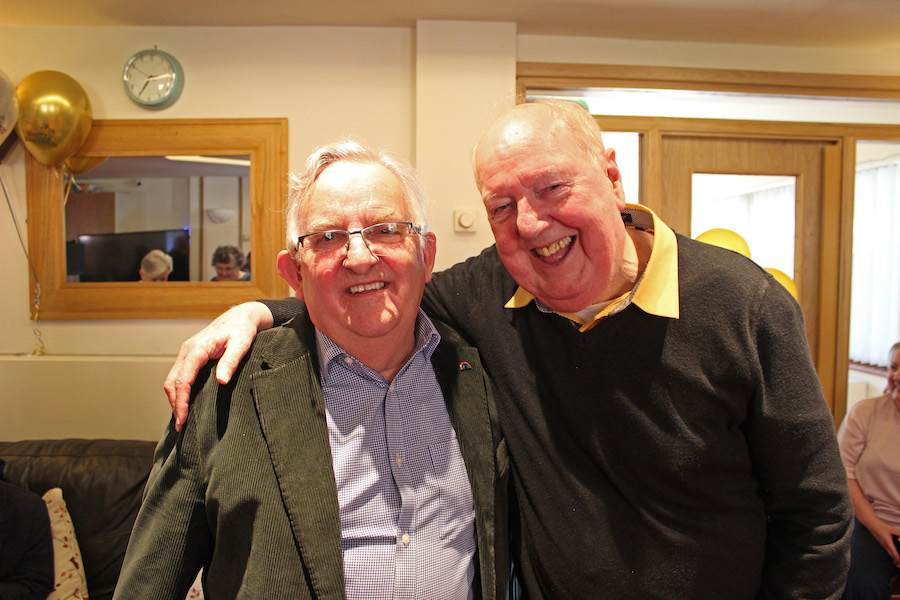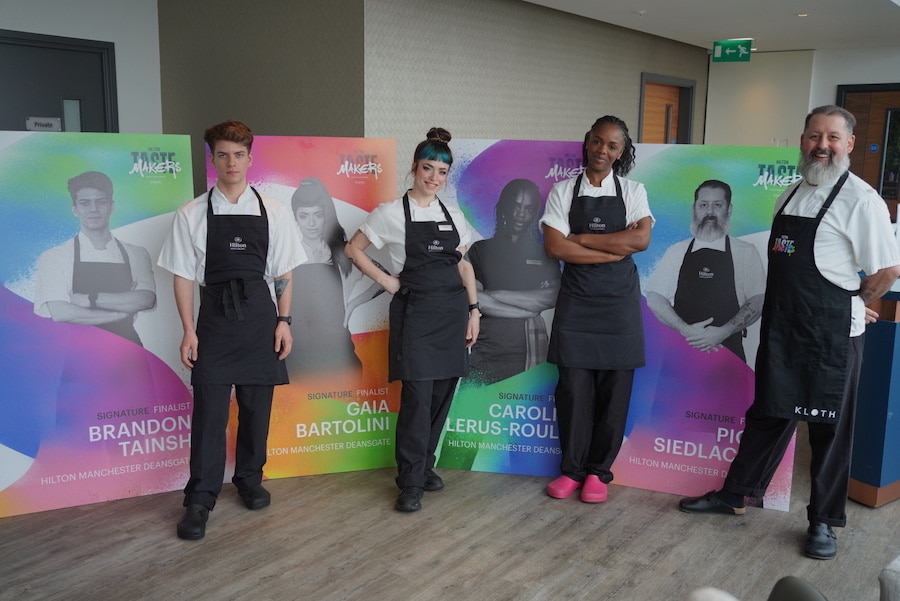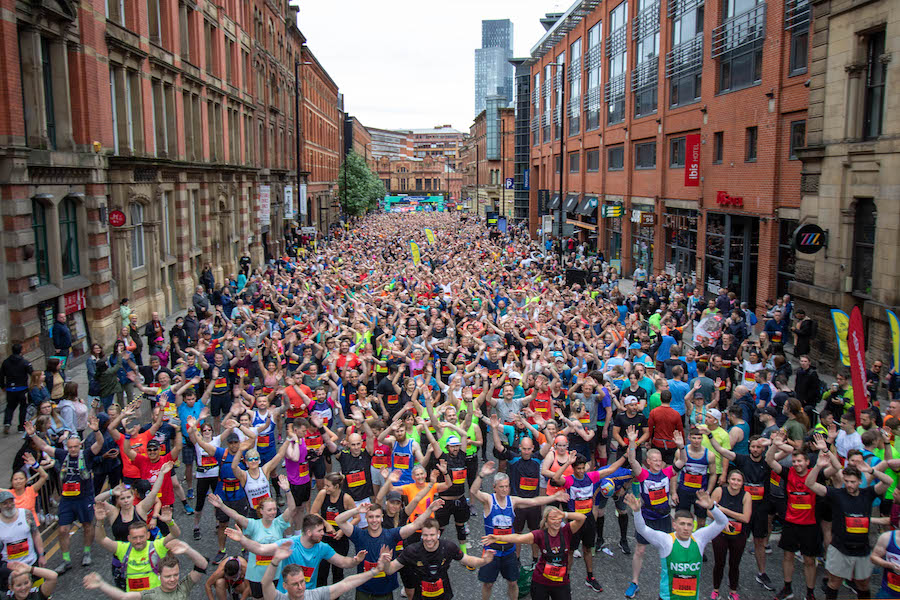The Manchester markets we have loved and lost
- Written by Thom Bamford
- Last updated 2 months ago
- City of Manchester, City of Salford, Cornerstone, History, Tameside, Trafford
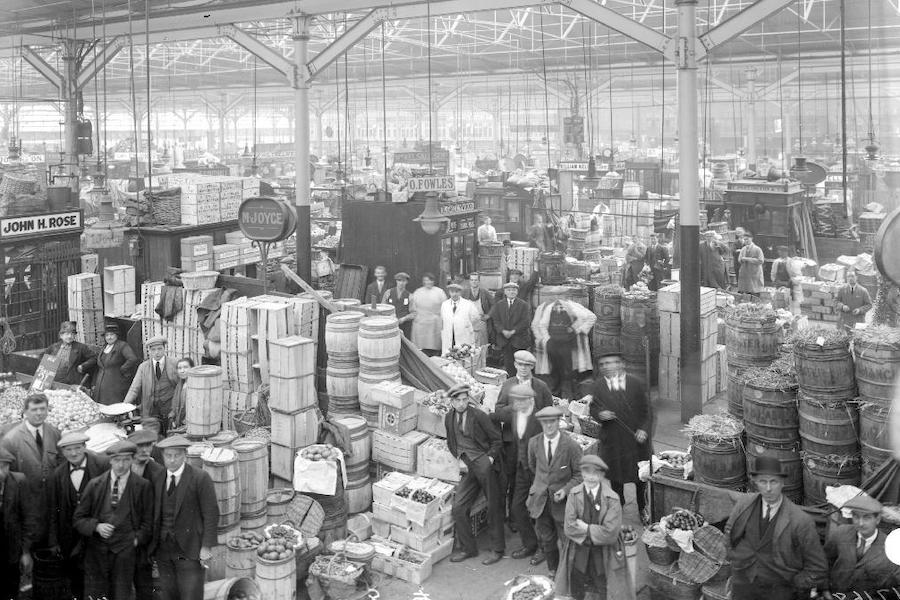
Markets are the heartbeat of a city. They’re more than just places to shop—they’re meeting points, treasure troves, and time capsules of local history. For generations, Greater Manchester’s markets have been woven into the fabric of daily life, offering everything from handcrafted trinkets to fresh produce, rare vinyl, and even the latest fashion trends (yes, even those infamous skinny jeans of the ‘70s).
But as times change, so too do our beloved markets. Some have faded into memory, replaced by supermarkets, car parks, or trendy office spaces. Yet their legacy lingers in the stories of the traders, the customers, and the bargains that felt like striking gold.
In this nostalgic journey, we’re revisiting the markets of Greater Manchester we have loved and lost—the vibrant hubs that once buzzed with life, the stalls where generations of families made their living, and the hidden gems we wish we could browse just one more time.
Which of these markets do you remember? And which do you miss the most? Let us know—we’d love to hear your stories. Thom@ilovemanchester.com
Greater Manchester Markets we have loved and lost
Market Centre
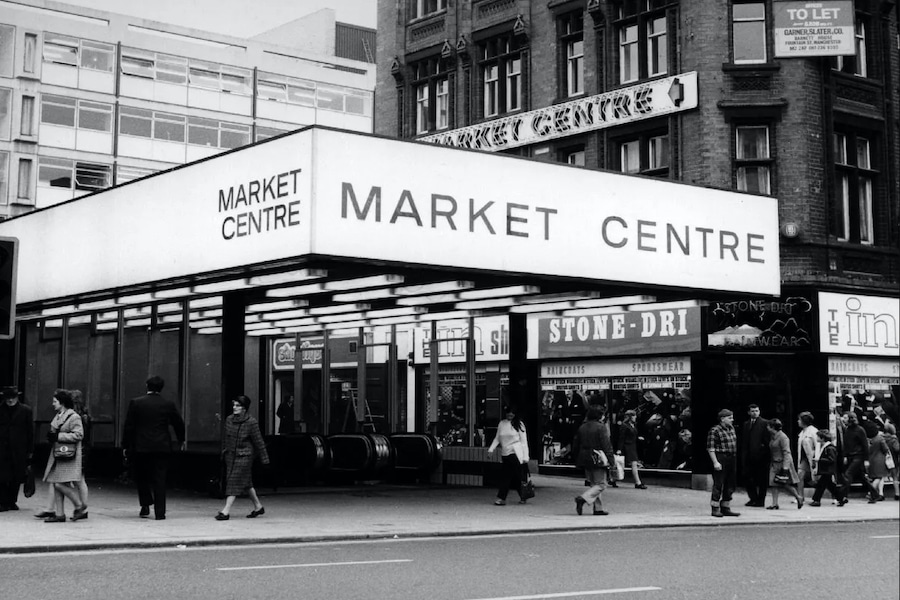
Did you know Manchester once had an underground shopping centre? Yes, beneath the city streets, a hidden retail paradise thrived!
With over 100 stores, Market Centre was a bustling hub from the ‘70s through to the ‘80s, selling everything from trendy clothes to rare vinyl records. If you were after the latest music, a statement outfit, or just a good old rummage for hidden gems, this was the place to be.
And let’s not forget the legend—Market Centre was supposedly the only place in Manchester where you could get skinny jeans in the ‘70s (a fashion moment some might rather forget!). The iconic Stolen From Ivor boutique had its home here, alongside legendary record stores like Manchester Underground Records Import, Collectors, and Spinn In Records.
The underground shopping scene may be gone, but for those who experienced it, Market Centre remains an unforgettable part of Manchester’s retail history.
Salford Market
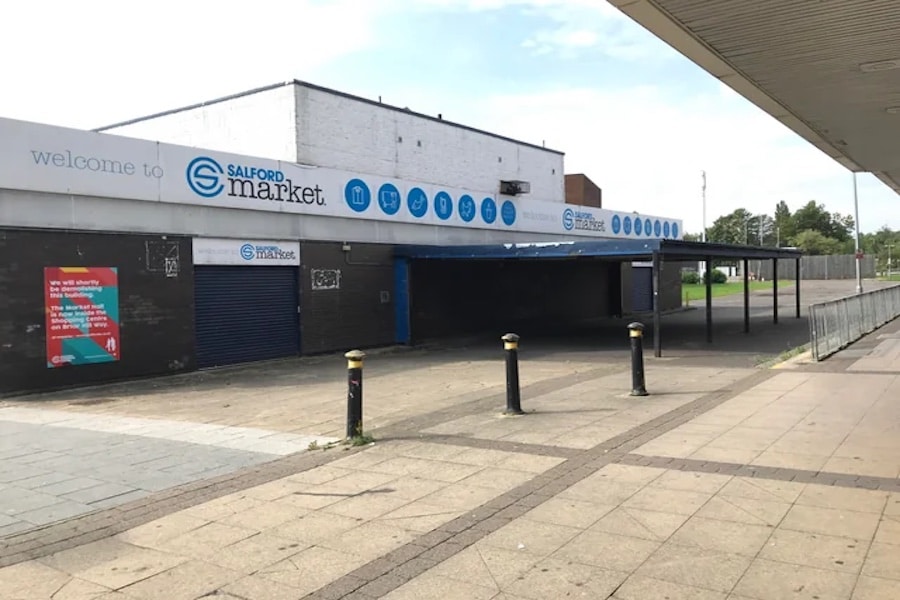
An institution in Greater Manchester since the early ‘80s, Salford Market wasn’t just a shopping destination—it was a community hotspot.
From fresh food to fashion, bric-a-brac to bargains, you could find a bit of everything here. The buzzing food hall was a go-to spot for delicious bites, and outside, the flea market was filled with vendors selling what your nan might have affectionately called ‘complete tat’.
But like so many beloved markets, it fell victim to modern retail trends. As supermarkets took over and stall prices soared, traders were forced to pack up for good. In 2012, the market—alongside the historic Flat Iron pub—was demolished, making way for an Aldi and a car park.
Gone but not forgotten, Salford Market still lives on in the memories of those who loved hunting for a bargain.
Eccles Market
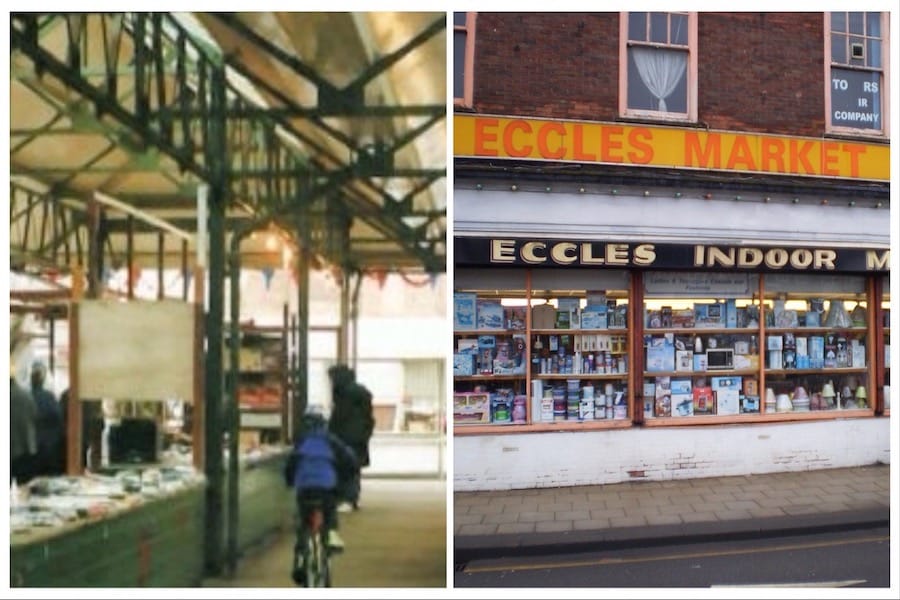
For nearly 60 years, Eccles Indoor Market was a thriving hub for independent businesses and the heart of a close-knit community.
From fresh produce to bespoke crafts, it was a haven for shoppers looking for something unique. But in a devastating blow to traders and locals alike, the council announced a £10m town centre regeneration that would see the market demolished in three stages.
The first phase of closure hit in January 2023, and the final shutdown was scheduled for March 1st—a sad day for a market that had been a staple for generations.
Newton Heath Market
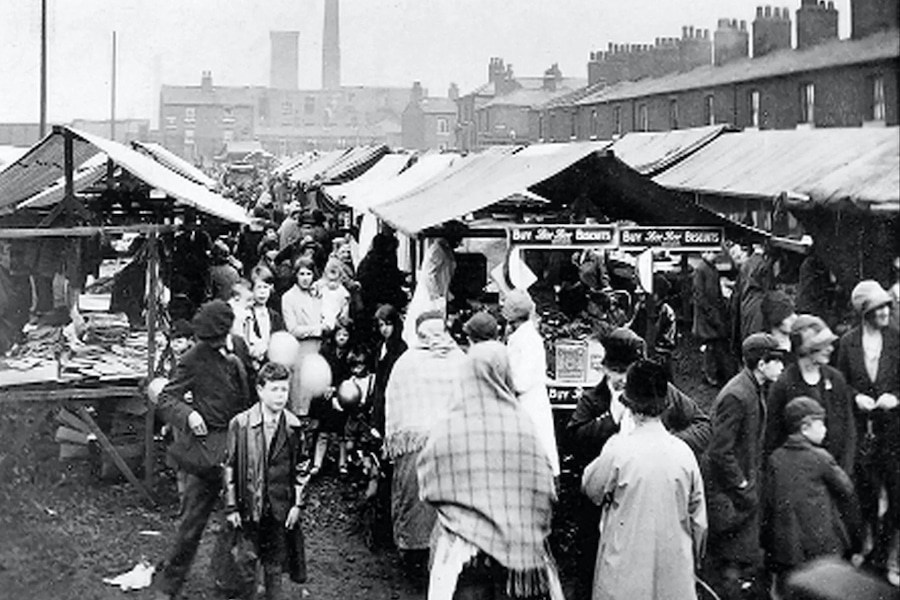
For 80 years, Newton Heath Market was a staple of the Manchester shopping scene. Whether you needed clothes, stationery, household goods, or just a good chat with the friendly traders, this market had it all.
In 2009, a passionate group of stallholders banded together to try and save their beloved market, forming a co-operative to reinvigorate the space. But despite their best efforts, dwindling visitor numbers and rising costs proved too much. In 2010, the market closed its doors for the last time, marking the end of an era.
Pendlebury Market
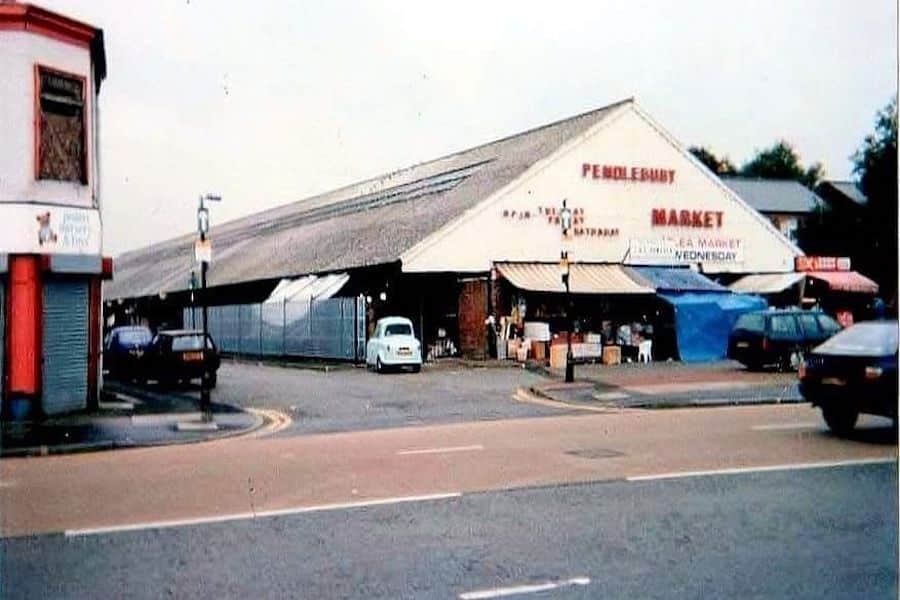
If you loved a proper old-school flea market, Pendlebury Market was the place to be. With up to 200 stalls, it was a treasure trove for bargain hunters.
Open on Tuesdays, Fridays, and Saturdays, the market was a bustling hub of activity, offering everything from antiques to everyday essentials. Sundays were extra special, with the legendary car boot sale attracting sellers and buyers from all over.
Sadly, by 2012, an increase in counterfeit goods and changing shopping habits led to its closure. A Netto was briefly built on the site before it eventually became an Asda—another traditional market replaced by the convenience of a supermarket.
Old Smithfield Market
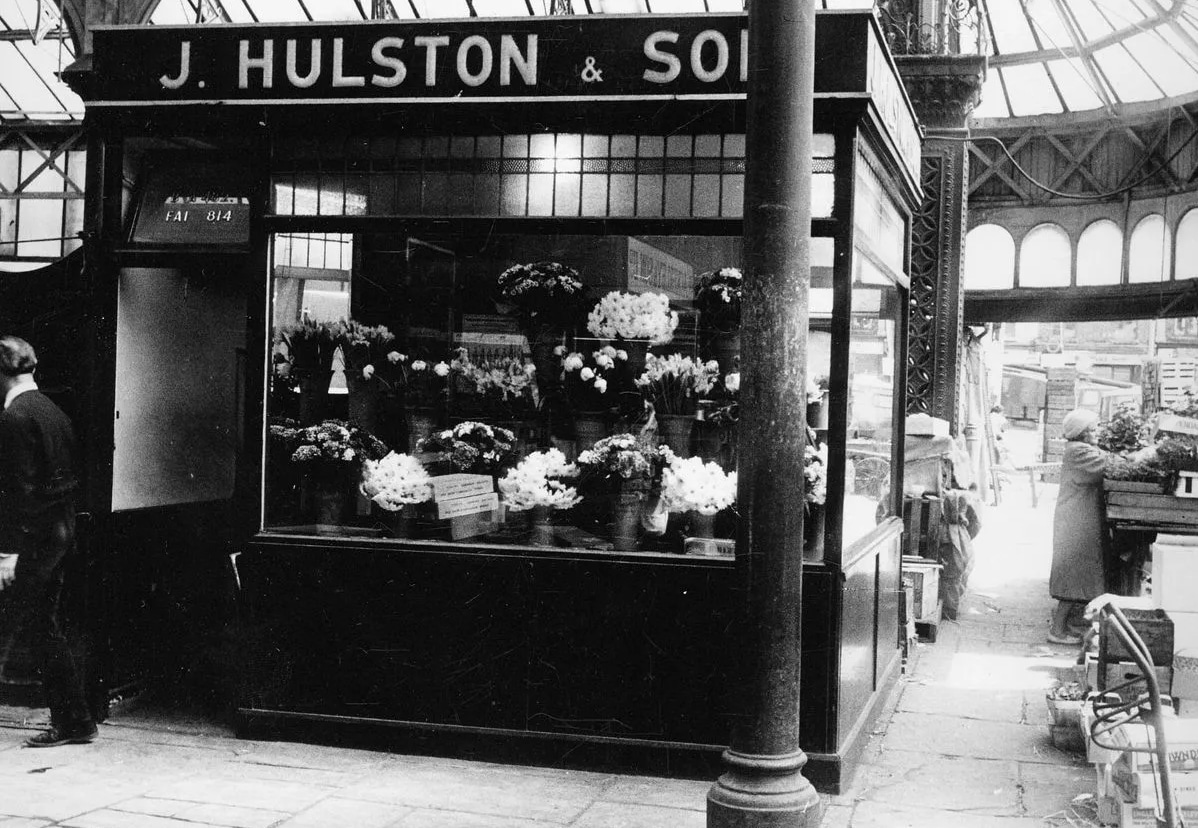 Old Smithfield Market – Photo credit: Manchester LibrariesOnce a powerhouse of trade, Old Smithfield Market was a cornerstone of Manchester’s retail history.
Old Smithfield Market – Photo credit: Manchester LibrariesOnce a powerhouse of trade, Old Smithfield Market was a cornerstone of Manchester’s retail history.
Originally opened in the 1850s, this sprawling market in the Northern Quarter sold everything from fruit and veg to fish, meat, and flowers. It was so immensely popular that stalls spilled out into the surrounding streets, filling Shudehill and Thomas Street with the hustle and bustle of eager shoppers.
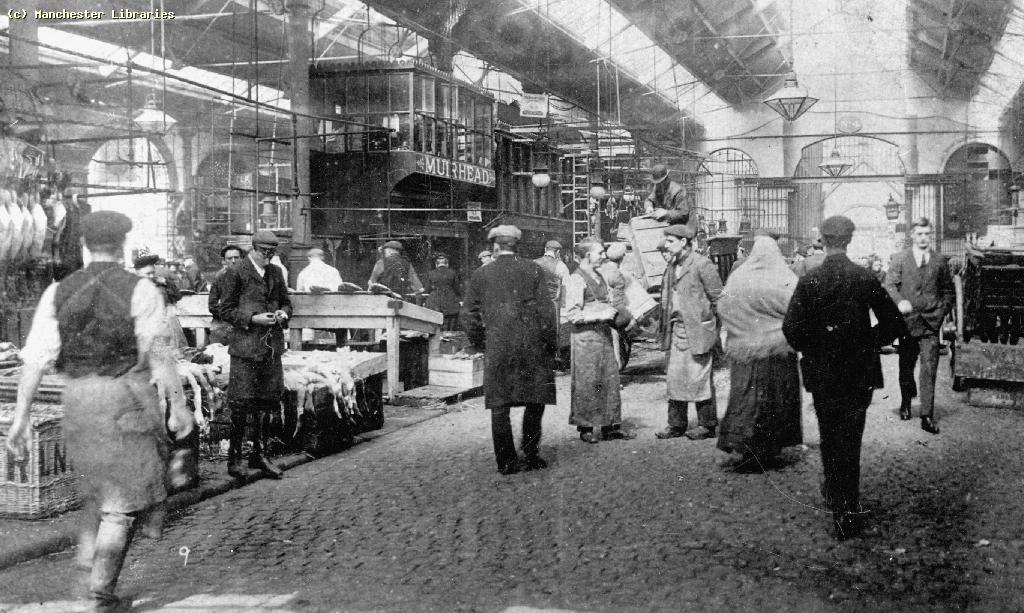
In 1872, the market expanded into a grand wholesale centre, and its influence on Manchester’s food scene was unmatched. Even after its move to Openshaw in 1973, something about the original site was simply irreplaceable.
Today, traces of this iconic market remain—if you walk along High Street, you can still spot the beautifully carved arches of the original fish market. A small but poignant reminder of the vibrant trade that once defined the area.
Lower Campfield Market
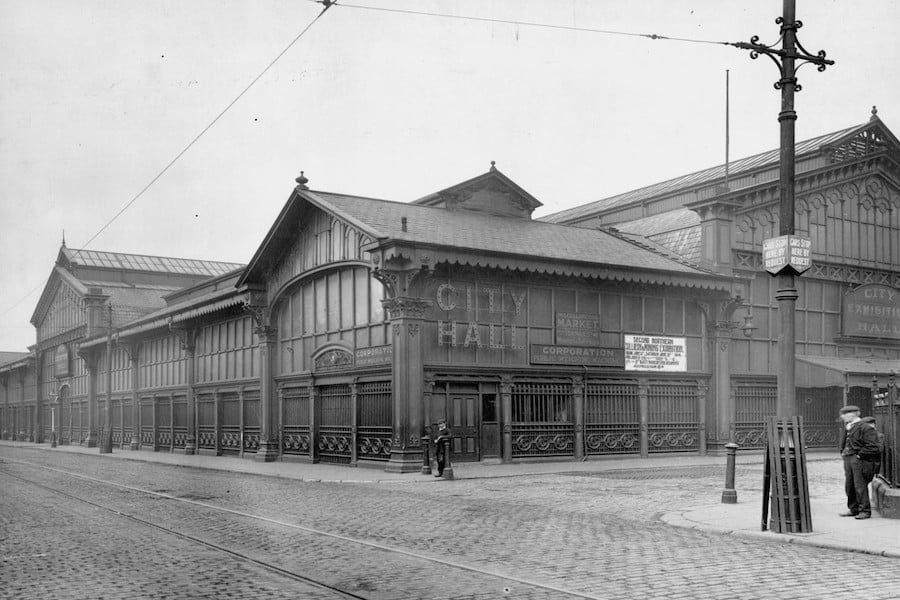
Built in 1878, Lower Campfield Market is so much more than just a market – it was a piece of living history.
Over the decades, it transformed from a market hall to a military parade ground, a WWI weapons testing site, and later, the beloved Air and Space Hall of the Science and Industry Museum. From bustling wartime efforts to cutting-edge textile and engineering exhibitions, this market has seen it all.
Despite its Grade II listed status, the building suffered major fire damage in 1977, putting its future in jeopardy. But thanks to passionate campaigners, it was saved and became a fascinating aviation museum for decades.
Now, the site is set for redevelopment, bringing yet another chapter of Manchester’s rich history to a close.
Grey Mare Lane market in Beswick
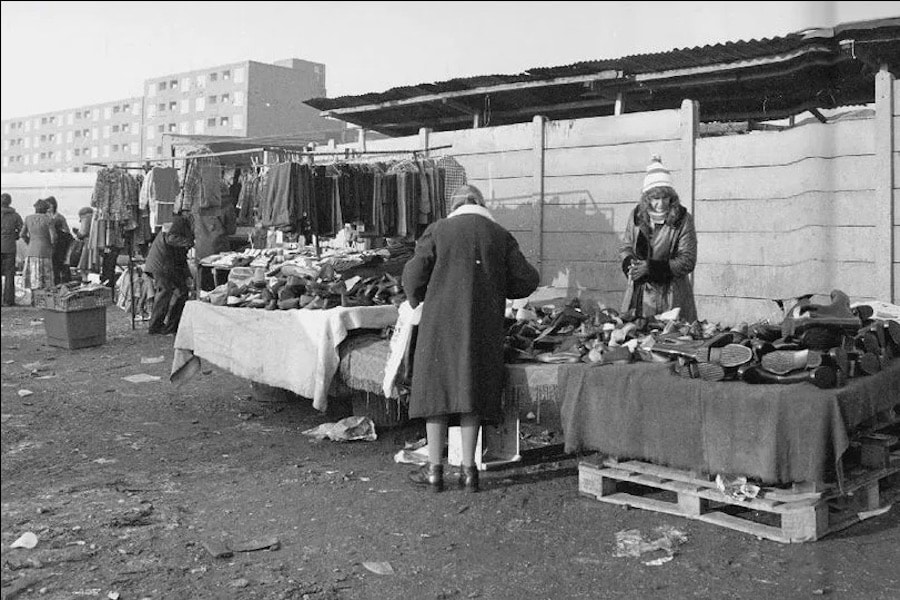
“If you couldn’t find it at Grey Mare Lane Market, it probably didn’t exist.”
That was the saying, and for decades, it rang true. From underwear to coffins, this was one of the biggest and most eclectic markets in Manchester.
First recorded in 1930, the market expanded and officially reopened in 1971, quickly becoming a vital hub for locals. It drew shoppers from across the city and was one of the busiest markets in the region.
But as the landscape of East Manchester changed, so did its markets. In 1993, Grey Mare Lane was moved to a temporary location to make way for the East Manchester Relief Road. Though its stalls are long gone, its legacy as a one-stop shop for absolutely everything remains strong in local memory.
What are your memories of these Greater Manchester Markets? Share them with us at thom@ilovemanchester.com
- This article was last updated 2 months ago.
- It was first published on 16 February 2024 and is subject to be updated from time to time. Please refresh or return to see the latest version.
Did we miss something? Let us know: press@ilovemanchester.com
Want to be the first to receive all the latest news stories, what’s on and events from the heart of Manchester? Sign up here.
Manchester is a successful city, but many people suffer. I Love Manchester helps raise awareness and funds to help improve the lives and prospects of people across Greater Manchester – and we can’t do it without your help. So please support us with what you can so we can continue to spread the love. Thank you in advance!
An email you’ll love. Subscribe to our newsletter to get the latest news stories delivered direct to your inbox.
Got a story worth sharing?
What’s the story? We are all ears when it comes to positive news and inspiring stories. You can send story ideas to press@ilovemanchester.com
While we can’t guarantee to publish everything, we will always consider any enquiry or idea that promotes:
- Independent new openings
- Human interest
- Not-for-profit organisations
- Community Interest Companies (CiCs) and projects
- Charities and charitable initiatives
- Affordability and offers saving people over 20%
For anything else, don’t hesitate to get in touch with us about advertorials (from £350+VAT) and advertising opportunities: advertise@ilovemanchester.com
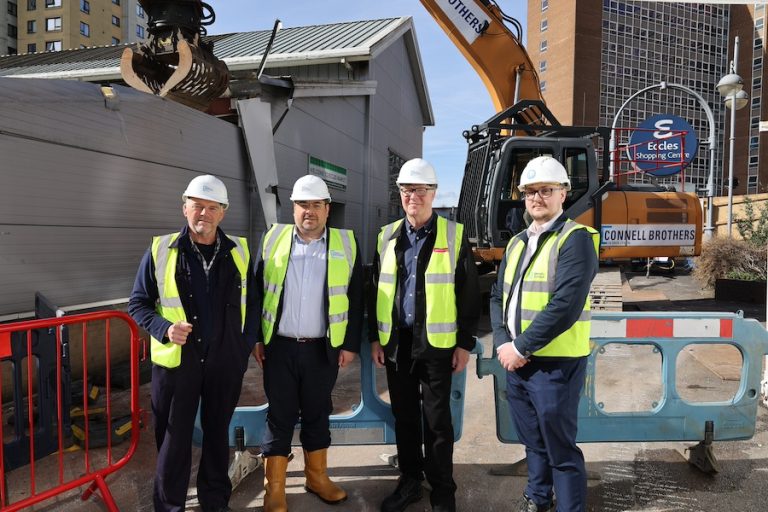
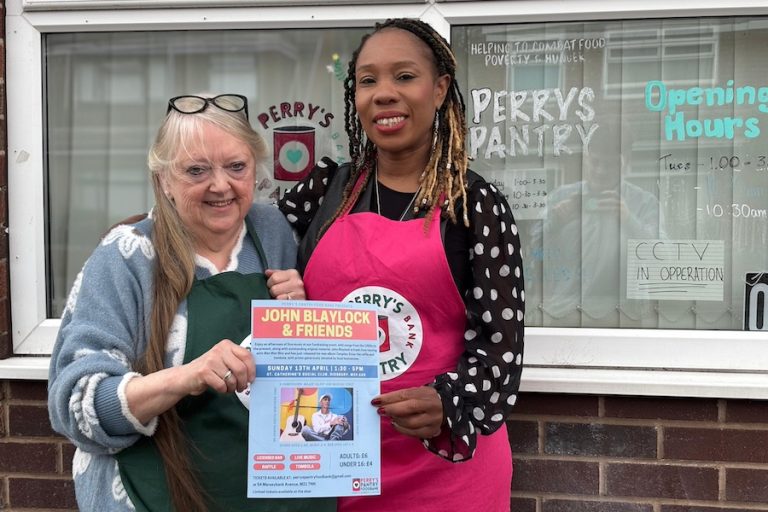

The eclectic group that’s been helping writers cut their teeth for 50 years
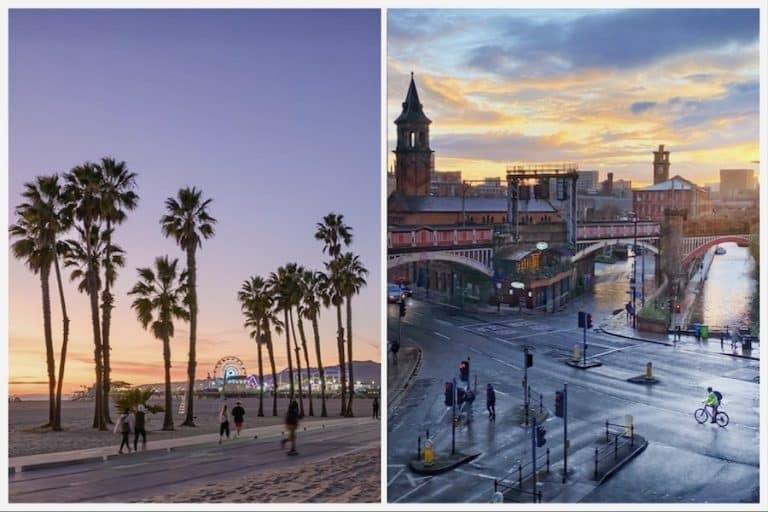
Manchester and Los Angeles prove that opposites really do attract
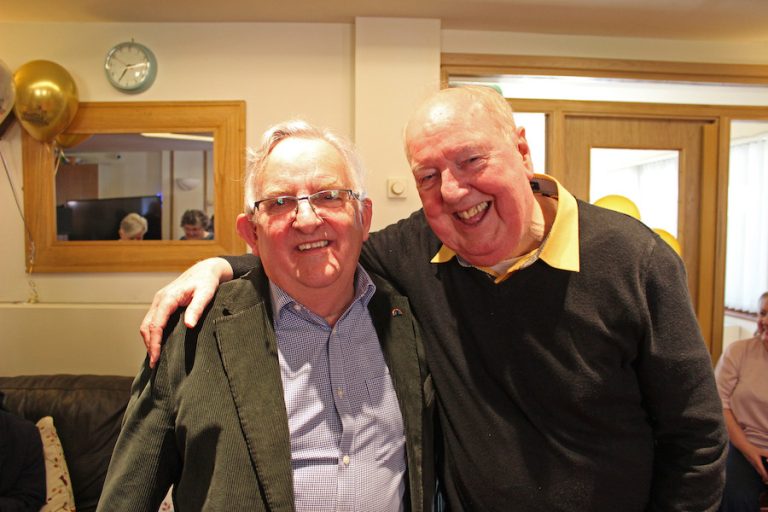
“His presence will be deeply missed” Children’s hospice bids farewell to their visionary CEO
